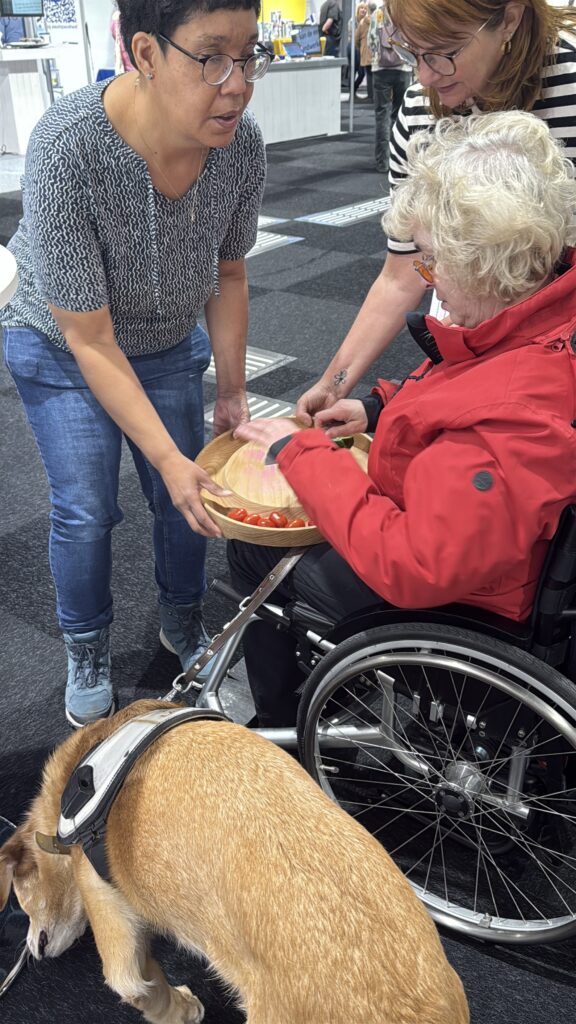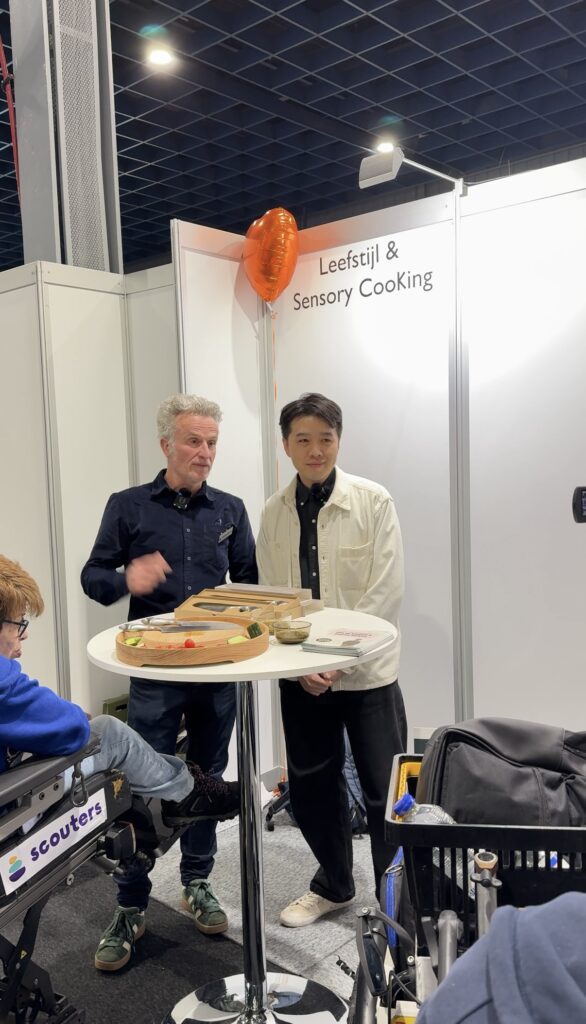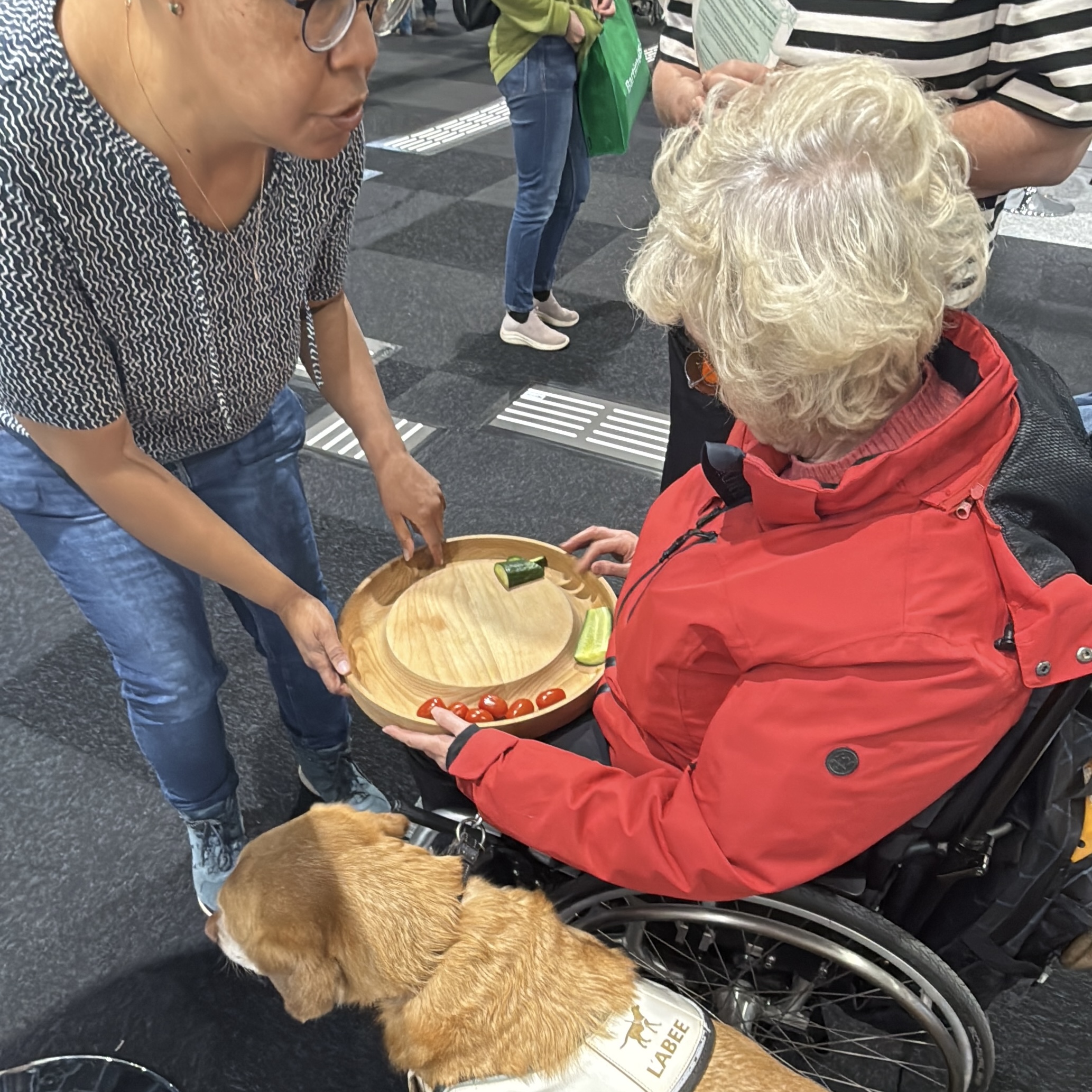
When designing for people with disabilities, it is crucial to work closely with them throughout the entire process. Without their direct input, there is a risk of creating products that not only fail to meet their needs but could also become additional obstacles in their daily lives. True inclusivity in design comes from understanding real experiences, challenges, and solutions directly from those who will use the product.
Unfortunately, most designs today are not created with accessibility in mind. We live in a society that remains largely ableist, where the needs of disabled people are often overlooked; not necessarily out of malice, but due to a lack of awareness, resources, or the will to prioritize inclusivity. As a result, many public spaces, products, and everyday tools are designed with only able-bodied individuals in mind, making it harder for disabled people to navigate the world with independence and ease.
At Studio Boey, we have become pioneers in transforming the practical needs of visually impaired people in the kitchen into well-designed, functional tools. Our goal is to create sensorial kitchen tools that work for everyone, while ensuring they are especially effective for visually impaired individuals. We believe that inclusive design should not be a niche category, as it has the potential to enrich the experience of all users. This dual-market approach is evident in how our products are received: at design week festivals, the mass market finds our tools fascinating because they bring the sense of touch to the center of the kitchen experience, while at disability fairs, our designs are recognized as essential solutions that genuinely improve daily life.

Last week, we had the privilege of participating in the disability equipment fair ZieZo-beurs in Utrecht, an experience that was both rewarding and eye-opening. Seeing firsthand how our products positively impact the daily lives of visually impaired individuals was incredibly gratifying. The positive response and purchases from visually impaired attendees were a milestone for us, proving that our designs truly have an important place in the market. Many users shared how our kitchen tools made cooking safer, more intuitive, and accessible. For example, our cutting board can be placed over the knees, making it ideal for wheelchair users, while its design ensures that blind users can locate all the food they’ve chopped without difficulty.
Being a designer can sometimes feel isolating. Much of our time is spent in the studio, refining ideas and perfecting prototypes. However, events like these bring us out of that bubble and allow us to engage directly with the people we design for. Their feedback, reactions, and personal stories are invaluable. They inspire us to continue innovating and refining our products to better serve their needs.


No comments.